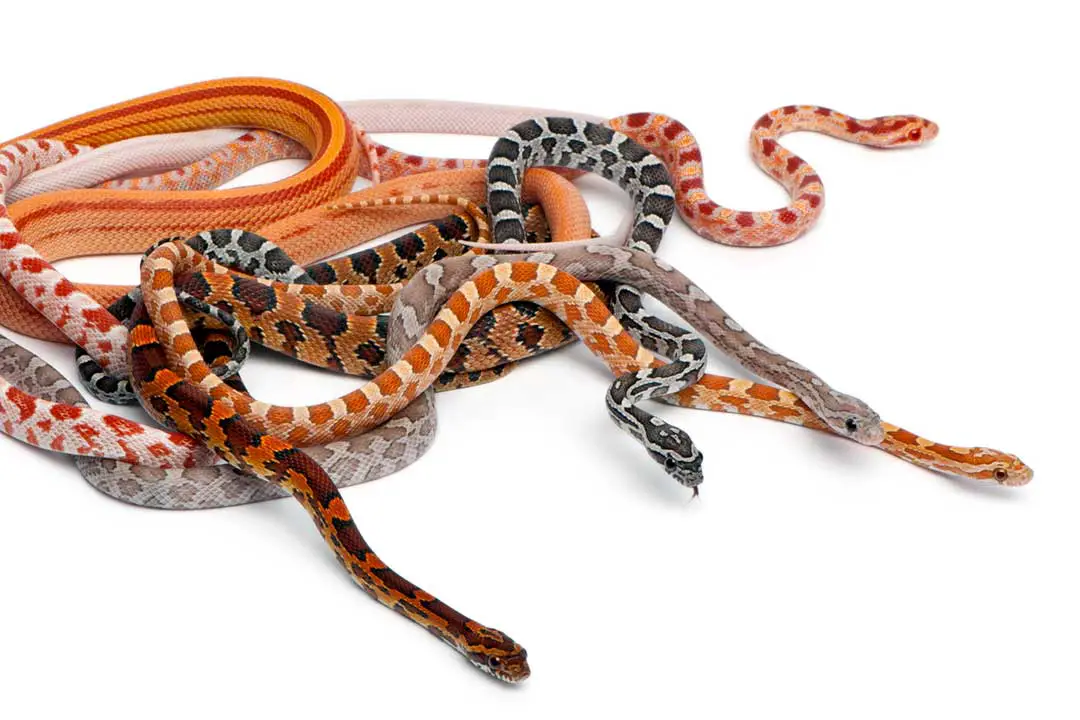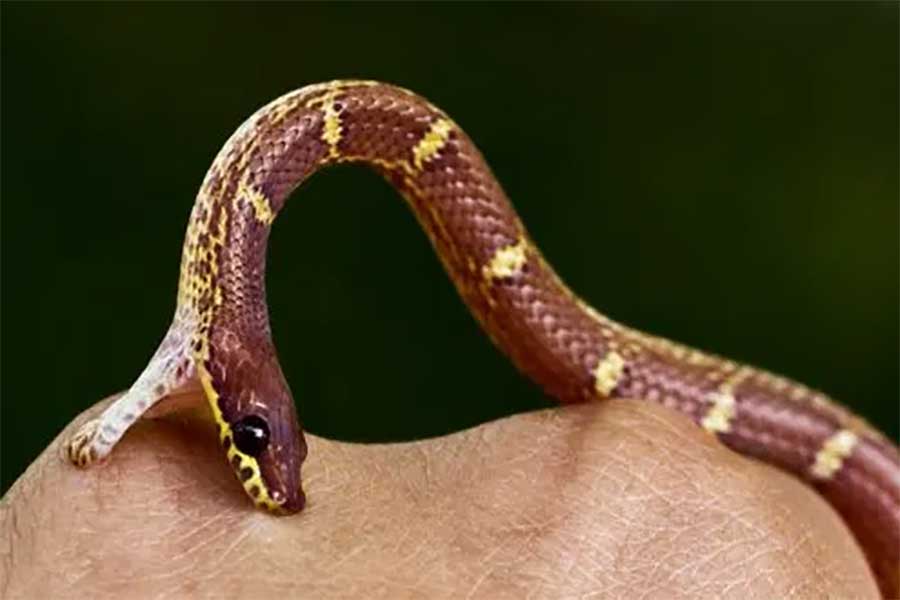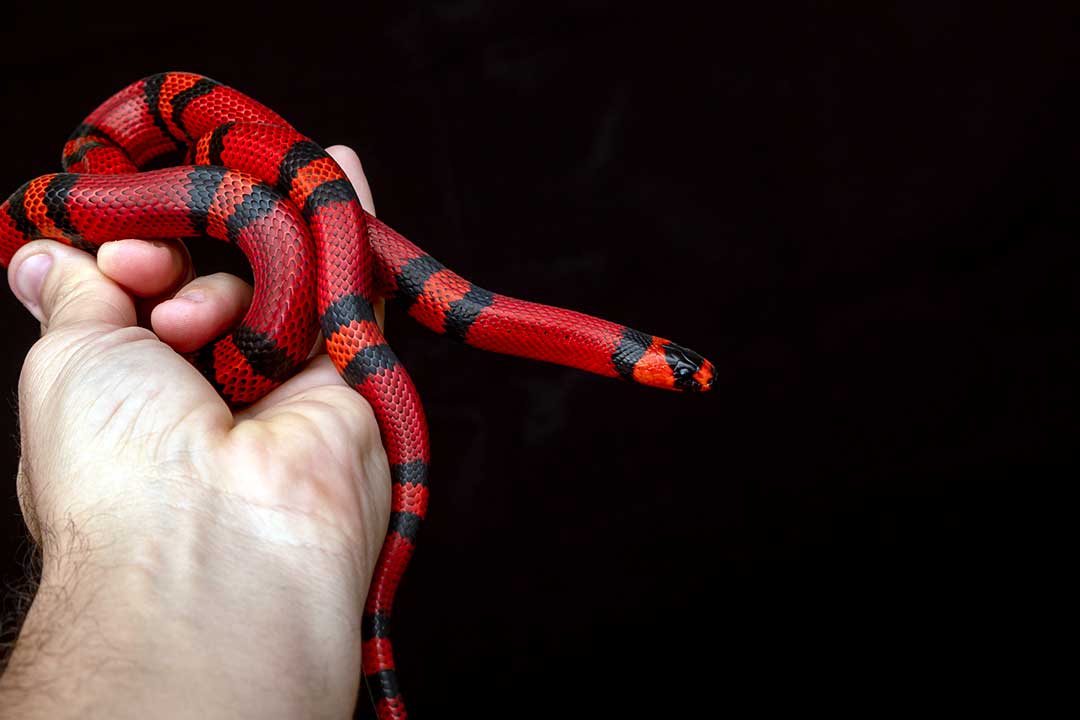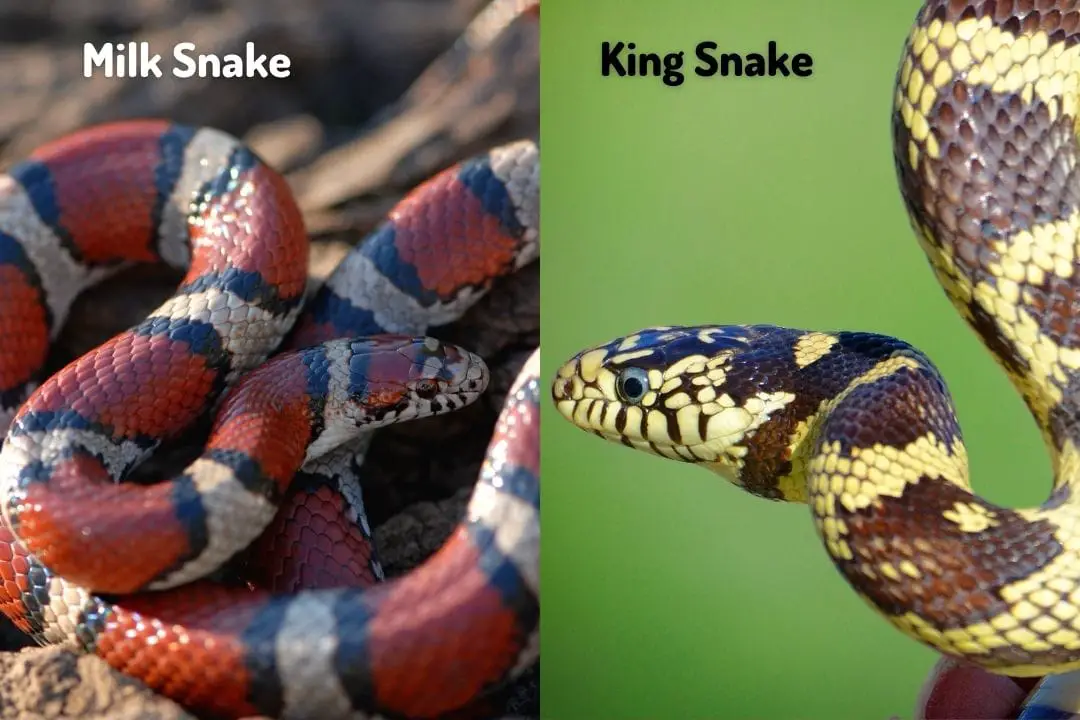Milk snakes are incredibly alluring and loveable with their charming personalities and fascinating patterns. Sometimes, one milk snake just isn’t enough. Perhaps you can’t decide which milk snake to take home or have eyed a new morph or subspecies, and are wondering how your milk snake may respond. So, can milk snakes live together?
Housing multiple milk snakes together poses various risks for their happiness, health, and safety irrespective of gender or type. Owners may care for multiple milk snakes, provided that each of them has an appropriate and separate living environment or enclosure.
Many owners have considered the idea of having multiple milk snakes as pets, but some considerations should be taken beforehand.
Join us as we discuss milk snakes living together and how you can ensure a safe environment for all your slithering companions.
So, can milk snakes live together?
No, milk snakes cannot live together in the same enclosure. Although milk snakes are loving and timid towards caregivers, they are not necessarily tolerant of other snakes. While some owners have attempted this living environment to save on money, resources, or time, it is usually met with dismal outcomes.
Everything you need to know about caring for Milk Snakes in captivity:
Read our Milk Snake Care Sheet (Complete Guide)
Stressed Milk Snakes
Milk snakes are shy and passive creatures, and they do not like their space or routines to be disturbed. While they adapt much better than many other snakes living within captivity, they can become stressed if their living space is tampered with.
Thus, sharing space with other milk snakes will likely lead one or all milk snakes to become stressed, anxious, and unhappy.
Aggression and Fighting
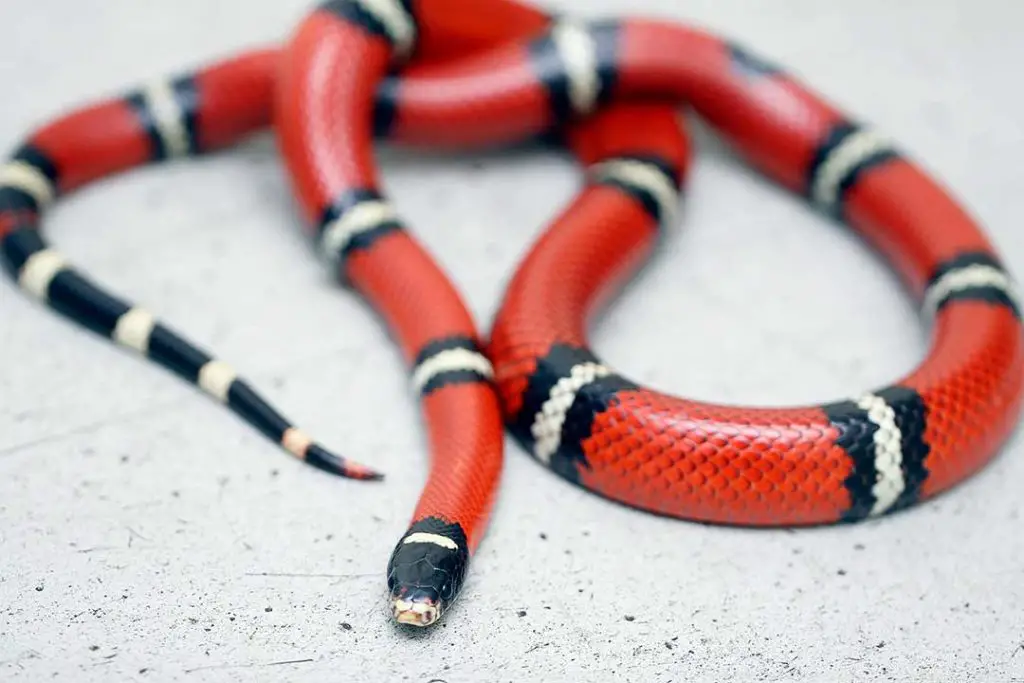
Interestingly, some milk snakes may seem to get along throughout the year, even if they are housed together. But, the relationship between milk snakes may take a dismal turn as the mating season draws near.
In some cases, milk snakes may huddle together, giving the appearance of friendship, but this is known as a snake breeding ball and is part of battling for ranking.
Male milk snakes are well-known for fighting with others as the battle for female preference arises. This sort of fighting is a part of natural selection, as it would occur while living in the wild to compete for breeding opportunities.
But, it should be avoided when caring for milk snakes in captivity.
Early Breeding
While it is possible for one of the milk snakes to attack the other, pairing a male and a female milk snake in a communal living space may have other outcomes.
A male and female milk snake can become involved and reproduce, even if they have not matured yet.
It can be extremely challenging to identify gender in milk snakes, and it can be easy to pair opposing genders together accidentally.
Although this may seem like an insignificant outcome, early breeding can pose various risks. After this point, outcomes are vague as they may become happy parents, or aggression may arise.
Health Risks for Housing Multiple Milk Snakes Together
Other than the disadvantages that housing milk snakes together pose for overall comfort and happiness, it can lead to health problems.
Many of these health risks can be easily avoided with a proper living environment and care routine but can become a common problem when housing milk snakes together.
Refusing to Eat or Drink
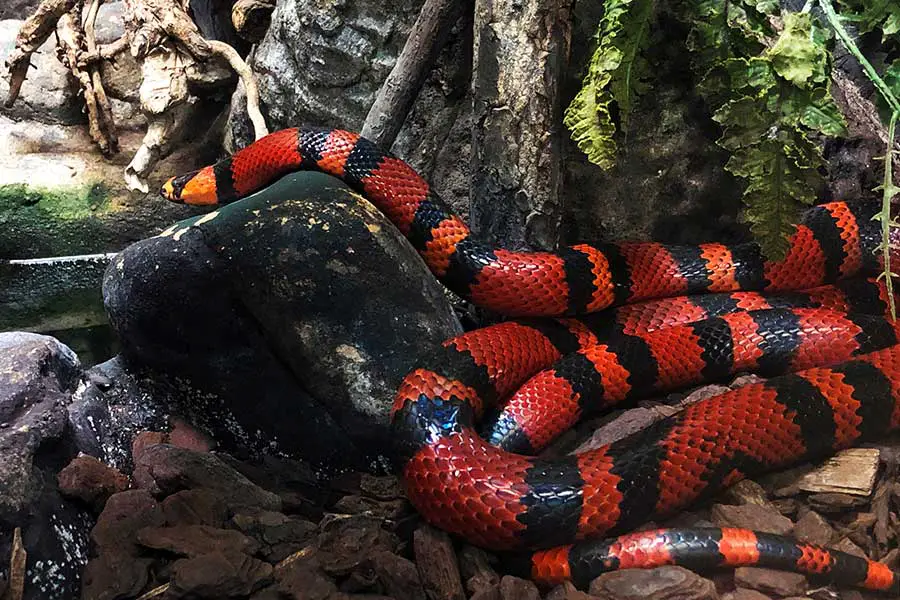
Milk snakes may become stressed with any unwanted company in their home. When milk snakes become stressed, they may refuse to eat or drink.
This will likely lead to malnutrition, which poses numerous health risks over time, and dehydration, which takes a massive toll on their ability to shed their skin properly.
Respiratory Diseases
Overcrowding poses risks over and above hygiene, as it may affect the conditions within the living environment – namely the humidity levels and overall temperature.
When these conditions fluctuate or are tampered with, it can lead to respiratory infections in milk snakes, predominantly URIs.
Hygiene and Health Issues
Housing milk snakes together also poses the risk of spreading illnesses and parasites amongst the other milk snakes. Many milk snakes living together will likely cause soiled substrate, as fecal matter and urine will build up faster.
Such conditions can lead to scale rot, which is harmful and dangerous for milk snakes.
Parasites and Contagious Infections
If one of the milk snakes becomes infected with parasites or mites, healthy milk snakes will soon succumb to the same conditions.
Similarly, illnesses will be passed on between the milk snakes, including infectious stomatitis, otherwise known as mouth rot, which is an incredibly common and dangerous bacterial infection that spreads to other milk snakes extremely quickly.
Do Milk Snakes Eat Other Snakes?
Yes, milk snakes are carnivores, but they are also cannibals, and they will not hesitate to hunt and eat another snake. However, the likelihood of a milk snake attacking and eating another milk snake will depend on gender and dynamics between the two milk snakes.
Same Gender Milk Snake Pairing
When pairing two male or two female milk snakes together, the odds of fighting, aggression, and potential cannibalism is incredibly high.
The milk snakes will battle for dominance and territory within the living space, especially during breeding seasons.
This living situation will likely lead to one of the snakes being injured or eaten by the dominant milk snake.
Milk Snakes of Different Sizes
If you house two milk snakes together that differ in size, the odds of violence are also heightened.
This is particularly applicable when housing different milk snake types, as some are larger and stronger than others. Similarly to establishing dominance, the larger milk snake will likely harm or consume the smaller milk snake, irrespective of gender or age.
Caring for Multiple Milk Snakes
Although there are numerous risks for housing multiple milk snakes together, it does not mean owners have to restrict their love of milk snakes to only one pet.
Many owners have numerous milk snakes and can keep them happy and healthy throughout their lives.
However, milk snakes should always have their own enclosures, most beneficial for their happiness, health, safety, and longevity.
Ensuring that milk snakes are provided with separate living conditions eliminates risks including aggression, cannibalism, unwanted breeding, and the spread of parasites, infections, or diseases.
While the idea of housing milk snakes together may seem advantageous to budget or space, it is not worth the risks involved.
The peace of mind afforded by ensuring your beloved milk snakes are provided with a happy, hygienic, and comfortable living environment greatly outweighs any potential benefits of housing them together.
Sources
http://www.ssnakess.com/forums/lampropeltis/21982-all-you-milksnake-owners.html
